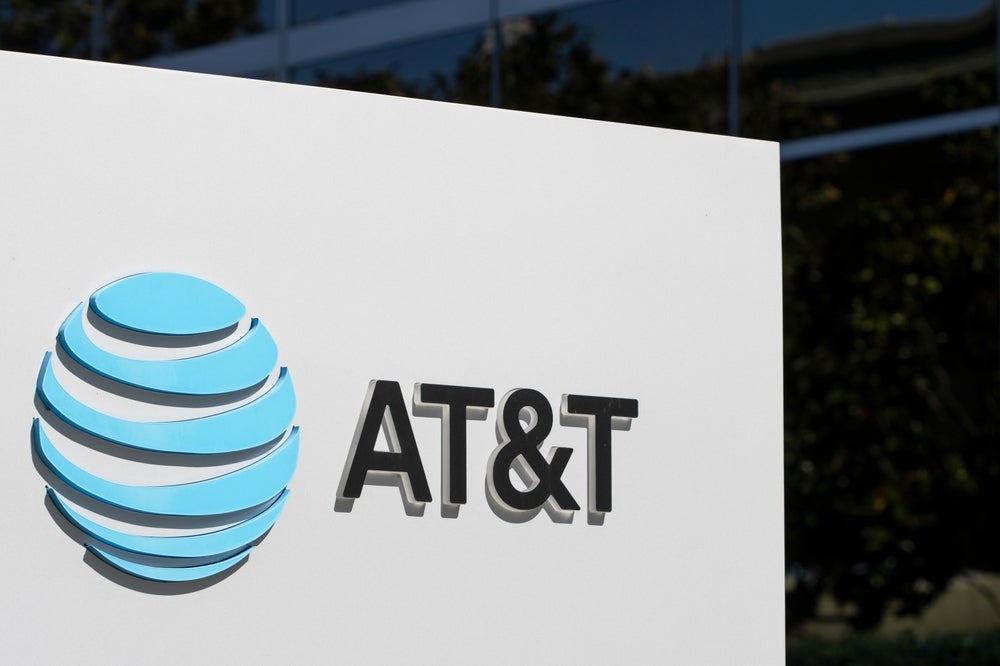Mavenir Systems has been granted a patent for a method of validating an access token under the OAuth 2.0 protocol. The method involves providing the access token to a client, adding a client signature to the token, forwarding the token to a resource server, and validating the client’s ownership based on the client signature. The validation is done using a hash of the service request, access token, and a shared secret key. GlobalData’s report on Mavenir Systems gives a 360-degree view of the company including its patenting strategy. Buy the report here.
According to GlobalData’s company profile on Mavenir Systems, Cloud gaming was a key innovation area identified from patents. Mavenir Systems's grant share as of September 2023 was 46%. Grant share is based on the ratio of number of grants to total number of patents.
Method of validating an access token for wireless communication
A recently granted patent (Publication Number: US11757635B2) describes a method for validating access tokens in wireless communication. The method involves several steps to ensure the client requesting the access token is the valid owner.
In the first claim, the method begins with the authorization server providing the access token to the client in response to a request. The client then adds a client signature to the access token and forwards it as part of a service request to a resource server. The resource server validates whether the client is the valid owner of the access token based on the client signature. Additionally, an increasing random number is associated with the access token and protected by the client's signature. The access token is signed by the authorization server and associated with the service request forwarded to the resource server by a proxy node.
The subsequent claims (2-8) provide variations of the method, introducing the use of a client server public key included in a client server certificate signed by a trusted certificate authority (CA). The client server certificate is added to the service request either by the proxy node or the client server itself. The resource server receives the client server certificate in the service request and validates the client signature using the client server public key.
Claims 9 and 10 introduce an alternative validation method based on a hash of a combination of the service request, access token, and a shared secret key common to the client and resource server. The output of the hash is added to the service request, and the resource server validates the hash by hashing the service request including the access token and shared secret key. The output of the hashing is then compared with the hash added to the service request received via the proxy node.
Overall, the patent describes a method for validating access tokens in wireless communication, ensuring the client requesting the token is the valid owner. The method incorporates client signatures, random numbers, and hash-based validation techniques to enhance security and authentication in wireless communication systems.
To know more about GlobalData’s detailed insights on Mavenir Systems, buy the report here.
Data Insights
From

The gold standard of business intelligence.
Blending expert knowledge with cutting-edge technology, GlobalData’s unrivalled proprietary data will enable you to decode what’s happening in your market. You can make better informed decisions and gain a future-proof advantage over your competitors.







